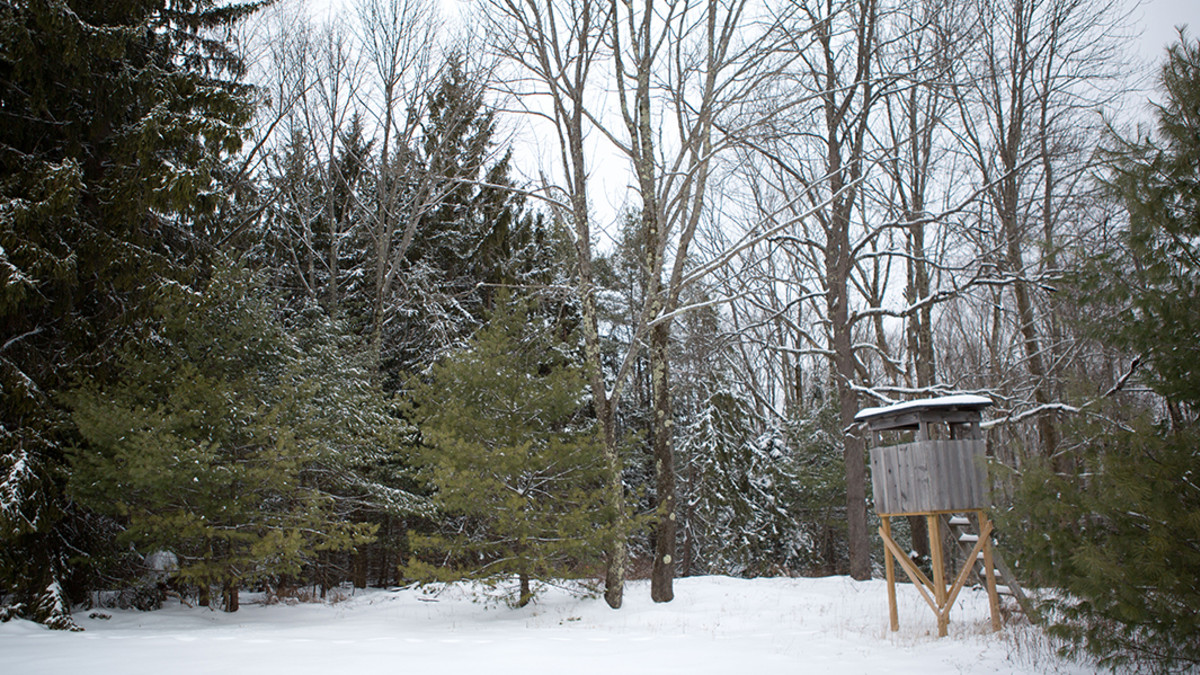
The ambush hunter lets his quarry come to him. This technique of hunting accounts for the overwhelming majority of whitetail deer that are harvested around the country each season, and it is used as well by everyone from hog hunters in Florida to caribou hunters in Alaska. It could be argued that ambush hunting is the most universally applicable big game hunting strategy that there is.
Ambush hunting relies on the fact that animals move in somewhat predictable patterns, and that it’s possible for a hunter to anticipate these movements and then position himself in a specified location ahead of the animal’s arrival. The “location” can be just about anything, depending on the species you’re after: a winter-killed moose carcass for grizzlies; a livestock watering tank for antelope; a cultivated food plot for whitetails; a high mountain pass for Dall sheep.
Once such features are identified, the ambush hunter selects a position that lies within comfortable shooting distance of where he believes the animals will pass through – a position that enables the hunter to see his quarry clearly without his quarry being able to see, hear, or smell him.
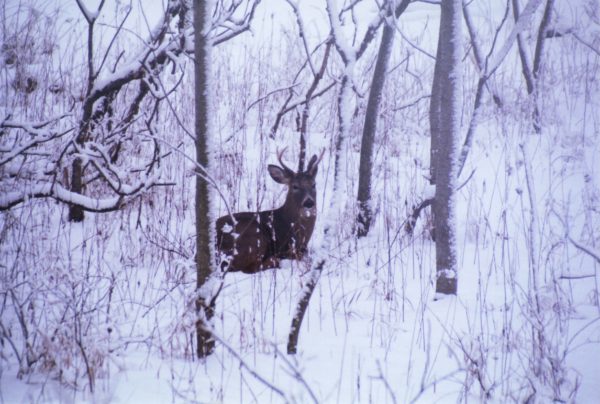
Bedding and Feeding Habits
Speaking very generally, most game animals spend the bulk of their time either resting, feeding, or traveling to and from resting and feeding areas. Still speaking generally, an ambush hunter is wise to avoid encroaching on his quarry’s resting or bedding area.
Upon arrival in its preferred bedding location, an animal is likely to lie down very quickly, often in a place where it’s sheltered from view by thick vegetation that can make can it hard or even impossible to see the animal let alone place a lethal shot with a bow or rifle.
More importantly, bedding areas are best left undisturbed because most game animals tend to be very intolerant of disturbances in their bedding areas. You might spook a critter in its feeding area and then see it again the next night. But if you spook a critter in its bedding area, you can kiss it goodbye.
The ambush hunter is much smarter to focus his efforts on feeding areas. There are a few reasons for this. For starters, feeding areas are often more definable, more predictable, and more readily located than bedding areas. When hunting black bears in the spring and fall, for instance, feeding areas might account for just 2% or 3% of the total surrounding landmass, while bedding areas might comprise 70% of the surrounding landscape.
For another thing, feeding areas tend to be located on more open turf than bedding areas. This allows the hunter a better chance to monitor a greater expanse of ground, and also to keep a safer distance from his quarry so that he diminishes the chances of spooking it. Finally, feeding areas typically provide more and better shot opportunities. Animals are usually on their feet and moving around while they feed, affording the hunter a variety of shot angles and positions that can be exploited for a quick, clean kill.
When feeding areas are not clearly defined, or when there are so many feeding areas that it’s impossible to guess which one your prey will be using at a given moment, it’s wise to concentrate your ambush efforts along known travel routes that animals use as they move between their bedding and feeding areas or as they move from one feeding area to the next.
Ambush Locations
When setting up an ambush along a travel route, it’s best if you can identify funnels, or pinch points, that constrict the movements of animals and therefore bring even more predictability to their point of passage.
Examples include isthmuses between large bodies of water for migrating caribou; fence-crossing locations for antelope; trails cutting through alder thickets along salmon streams for bears; shelter belts connecting bedding areas for whitetail deer; narrow canyon bottoms for mule deer; and tractor lanes connecting agricultural fields for turkeys.
The specific location where a hunter hides himself while ambushing prey can be described with any number of terms: blind, stand, hide, pit blind, post, station, etc. While the terms are somewhat interchangeable, each does carry it’s own regionally variable connotation. The word “blind” typically refers to an artificial structure or an assemblage of natural materials that form a visual barrier between a hunter and his quarry. Blinds can be fixed or stationary, rudimentary or elaborate.
Some hunters construct fixed blinds by interweaving pine or spruce limbs over a dome-shaped framework made from green tree limbs; others use commercially produced ultra-lightweight portable blinds made of carbon fiber posts and water-resistant fabric. Pit blinds are dug into the ground, or take advantage of natural depressions, in order to hide the hunter beneath the earth’s surface.
The word “stand” typically refers to an elevated position. These could be permanent or temporary platforms mounted in trees, known as tree stands, or they could be free-standing units supported by a framework of metal or wooden posts. Sometimes, an ambush hunter’s setup is so basic that it hardly deserves a name. He could be nestled against the base of a tree, sitting with his head poking above some tall grass, lying behind a hay bale, or tucked into a crevice in the rocks.
The elaborateness of one’s setup is dependent on how wary your quarry is, and how close you need to get. Someone who’s bowhunting for whitetail deer, an exceptionally shy species, needs to get within 10 to 40 yards of his target for maximum efficacy.
That is best accomplished by hunting from an elevated stand, where the hunter is above the deer’s natural line of sight and where his odor is less likely to be detected by the deer’s outrageously acute sense of smell. On the flip side, take someone who’s hunting with a rifle for moose. These animals are not nearly as wary as whitetail deer and the rifle hunter doesn’t need to get nearly as close as the bowhunter. For him, it might be enough to just hunker down at the edge of a willow patch or lean against a spruce tree about 100 to 300 yards (depending on one’s shooting abilities) downwind from where he expects the moose to appear.
Whatever the quarry and the method of take, the ambush hunter must consider the three “S”s when selecting his position: Smell, sight, and sound. Smell is the most difficult to control, and perhaps the most important. If an animal that’s been hunted before smells you, it’s going to vanish faster than you can shoot.
While there are hundreds of kinds of sprays, lotions, and clothing that promise to diminish or neutralize human odors, the best way to avoid an animal’s nose is the original method: stay downwind. Often, this means having multiple blinds or stands for a single ambush sight, which allows you to change position according to the dominant wind directions. A hunter on ambush should be prepared to switch positions or even postpone his hunt when he encounters an unfavorable wind.
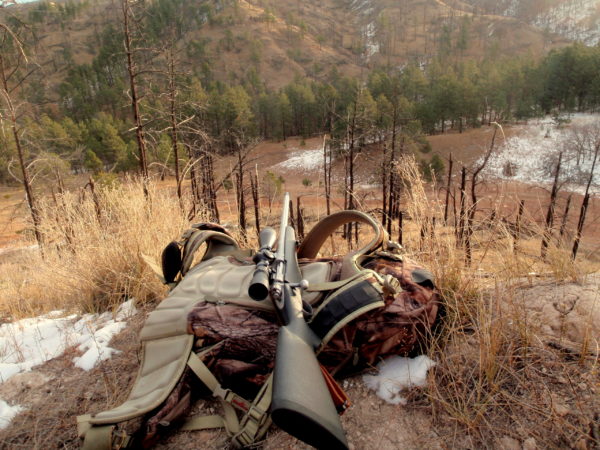
As for dealing with your quarry’s sense of vision, it’s important to remember that movement is your worst enemy. Big game animals, as well as turkeys and waterfowl, have a remarkable ability to detect even the slightest shift of your arms, head, or weapon.
A deer might look you straight in the face at 30 yards without registering your presence, but a simple blink of your eyes might catch its attention. When you’re waiting on ambush, position yourself in such a way that your physical movements will be minimized or nonexistent when your quarry appears.
Shot Preparations
Keep your weapon trained in the direction of where you anticipate shooting and have a plan for how you’re going to make the shot. If you’re using a rest, such as a backpack or a tree limb, test it when you first settle in to make sure that it’s going to work. Inevitably, though, you’ll get into situations that are hard to anticipate.
You might be watching a bait for black bears and then have a big boar come in directly behind you, where you least expected the animal to appear. In these cases, you need to pick your moments. If possible, move when the animal is facing another direction or when its head passes behind a tree. Or move when the animal is distracted by eating, or by other animals. When you do move, move slowly and steadily. Avoid jerky motions.
After movements, your outline, or silhouette, is your second worst enemy. Animals that receive a lot of hunting pressure come to recognize human shapes and outlines and are sensitive to their presence. Animals that do not receive a lot of hunting pressure still tend to be wary of the human form – perhaps because they are wary of any unusual or out-of-place shape.
To avoid unwanted scrutiny, position yourself (or utilize your blind) in such a way that you have cover in front of and/or behind you. Of course, your front cover has to be sparse enough that you can still see and shoot through it. Backdrops, on the other hand, can be solid. The best backdrops have some complexity to them, with depth and texture and darkness.
Think spruce trees, rock outcroppings, etc. Such surfaces tend to swallow and conceal whatever lies in front of them. As an added precaution, the use of camouflage clothing can provide an extra level of protection against being seen.
There’s also the issue of sound. This is the easiest to deal with, as much of the work can be done at home. To begin soundproofing your equipment ahead of an ambush hunt, put on everything that you’ll be wearing and then do a few slow-paced jumping jacks.
Potential trouble spots will be revealed as clicks and clacks and swishing sounds. These can be addressed individually until the only thing you hear is the sound of your boots hitting the floor. When you establish your stand, make sure to soundproof your surroundings as well.
Clear any dead leaves or dry twigs from beneath you. Before settling in, you should also move around a little bit. Practice aiming your bow or rifle in all directions where you might possibly take a shot. Do this slowly, of course, and remain alert for the passage of game. Cut away any twigs or limbs that might catch your clothes. Pay special attention to things that might rub against your hat or the limbs of your bow, as these are somehow easy to miss upon first inspection.
The best ambush hunters have the discipline and dedication to remain on stand for an entire day, dawn to dusk, if that’s what it takes. And then they’ll get up and do it all over again the next day. Assume this level of dedication for yourself, and your ambush hunting is guaranteed to bring you a sense of satisfaction and also a lot of memories of critters that you saw but that did not see you.
A Handful of Tips for the Ambush Hunter
- Listen carefully while attempting to ambush game. Often, a slight bit of noise will alert you to the arrival of an animal long before it shows up–giving you plenty of time to get ready before the animal is close enough to detect the movement of raising your weapon. Always remind yourself that sounds don’t just happen on their own; if you heard something, there’s a reason. Stay tuned to the direction of the sound until you can rule out the presence of game.
- A comfy hunter is a deadly hunter. So don’t be afraid to bring along a foam sitting pad, extra layers of clothes, and hand and toe warmers. This will keep you from fidgeting and shivering, which make noise and distract your attention away from your surroundings.
- If you bring along food, make sure you can get to it easily and eat it quietly. A big handful of venison jerky stuffed into your pocket is a great snack, because it doesn’t make noise when you chew and there’s no crinkly package to deal with. On the other hand, a sack of potato chips is a poor choice.
- A lot guys listen to music or play video games when waiting in their blind or stand. Don’t do this. It is childish; it is disrespectful to the woods; it distracts your attention.
- If you absolutely have to take a nap while ambush hunting, don’t get too comfortable. If you’re in a less-than-perfect sleeping position, you’ll wake easier and sooner.

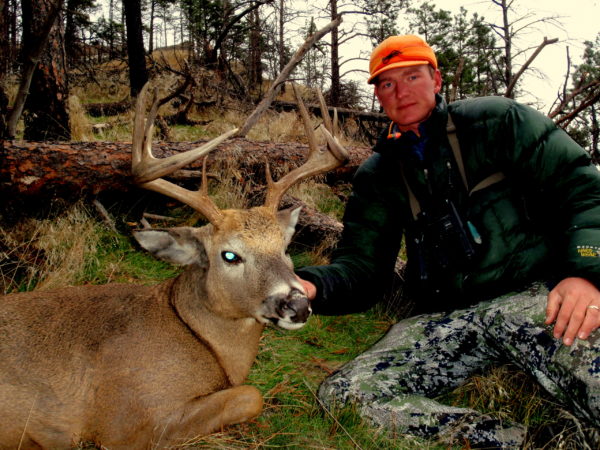
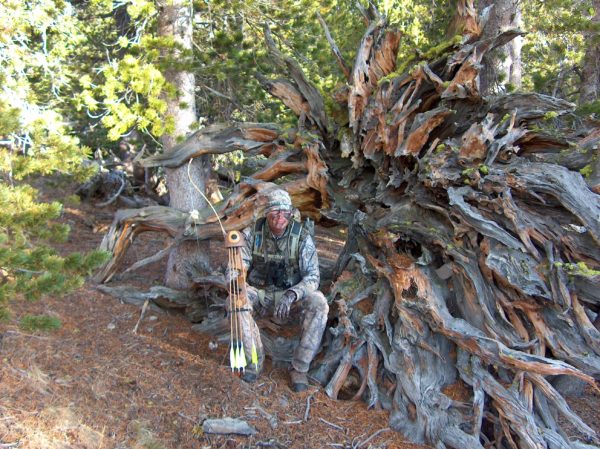
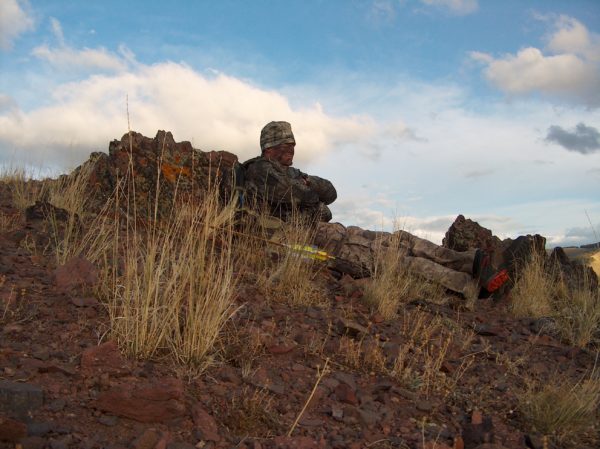





Conversation